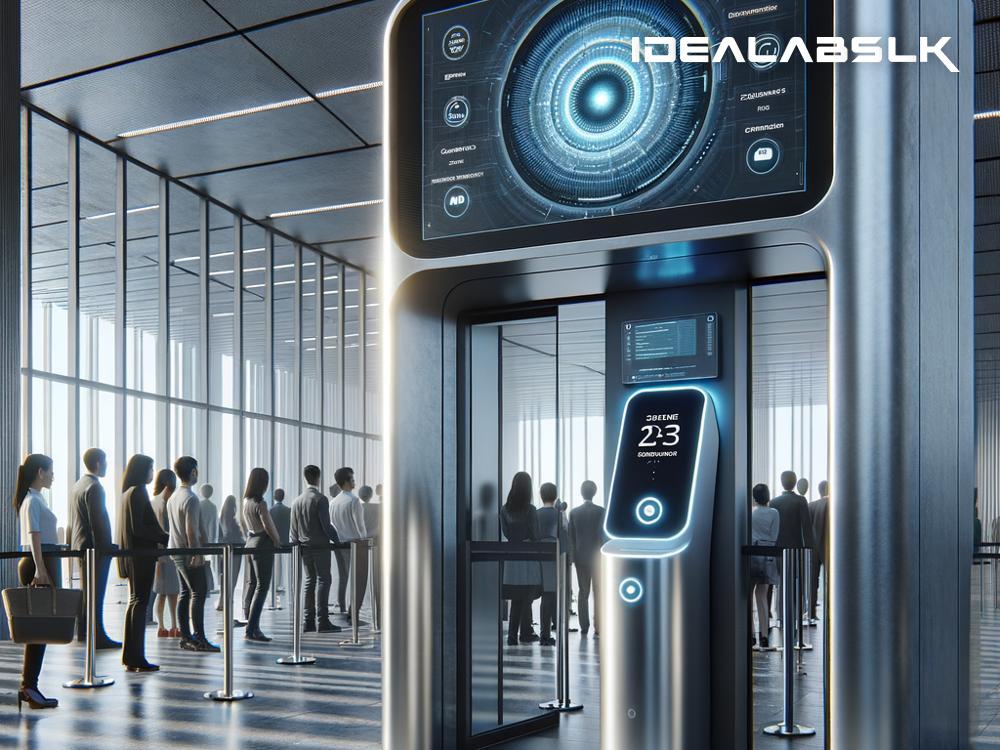The Influence of Voice Recognition Hardware in Security
In today's fast-moving technological world, the ways in which we ensure our safety and the protection of our personal information are constantly evolving. Among the various security measures gaining popularity, voice recognition hardware stands out as a fascinating and increasingly crucial component of modern security systems. This technology, which allows devices to recognize and respond to voice commands, is transforming security measures by offering personalized and difficult-to-replicate authentication methods.
Understanding Voice Recognition Technology
Voice recognition, or voice biometrics, operates on the principle that each person's voice has unique characteristics, much like a fingerprint. These characteristics include pitch, accent, and the way we shape sounds. Voice recognition hardware captures these features to create a voice print, which it then uses for identification purposes. The implication of this for security is significant: by recognizing a specific individual's voice, access can be granted or denied to sensitive information or locations.
Enhancing Security Measures
Voice recognition hardware is reshaping security in several ways. Here's how:
-
Personalized Authentication: Unlike traditional passwords or PINs, which can be stolen or guessed, a voice print is uniquely yours. It's difficult for someone to replicate another person’s voice with the exact nuances required for successful authentication, making unauthorized access significantly more challenging.
-
Convenience and Contactless Access: Imagine opening a secure door or logging into your computer without having to type a password—simply by speaking a phrase. This convenience is not just about speed; it's about reducing the touchpoints that can be breeding grounds for germs, making voice recognition not only a security feature but also a health consideration in public or shared spaces.
-
Integration with Other Systems: Voice recognition hardware can work alongside other security measures, such as surveillance cameras or alarm systems, to provide a layered security approach. For instance, a security system could use voice recognition to authenticate someone's identity and then use cameras to confirm that the person's facial features match their voice profile.
Challenges and Solutions
While the advantages are clear, the technology also faces challenges. These include:
-
Background Noise and Clarity: In noisy environments, voice recognition systems might struggle to accurately capture a voice print. Advances in noise-cancellation technology and improved algorithms are helping to address this issue, making systems more reliable even in less-than-ideal conditions.
-
Mimicry and Sophisticated Attacks: There's always a concern that a determined imposter could mimic someone’s voice closely enough to fool the system. Ongoing research into detecting the subtle cues of live speech, as opposed to recorded or synthesized speech, is helping to mitigate such risks.
-
Privacy Concerns: As with any technology that collects personal data, there are valid concerns about how voice prints are stored and used. Robust encryption and strict privacy policies are critical to ensuring that this biometric data is protected from unauthorized access.
The Future of Voice Recognition in Security
The future of voice recognition in security looks promising, with continuous advancements enhancing both its reliability and applications. We're seeing an increase in its integration into everyday devices, from smartphones to smart home systems, indicating a broader acceptance and trust in this technology. Furthermore, as artificial intelligence and machine learning technologies evolve, we can expect voice recognition systems to become even more sophisticated, understanding context and intent with greater accuracy.
In conclusion, voice recognition hardware is profoundly influencing the security landscape, offering a blend of enhanced protection, convenience, and innovation. Its ability to provide personalized, difficult-to-replicate authentication is a significant step forward in the battle against unauthorized access and cyber threats. As we move forward, the continued development and refinement of this technology will be crucial in addressing its current limitations and maximizing its potential for securing our digital and physical worlds.
While challenges remain, the proactive approach to overcoming them, combined with the inherent benefits of voice biometric technology, suggests a future where voice recognition plays a central role in our security infrastructure. Its influence is already being felt, and as we become more accustomed to interacting with devices using our voices, its integration into security systems is set to become even more entrenched. The sound of your voice not only represents who you are but also serves as a key to entering the next era of secure authentication.

